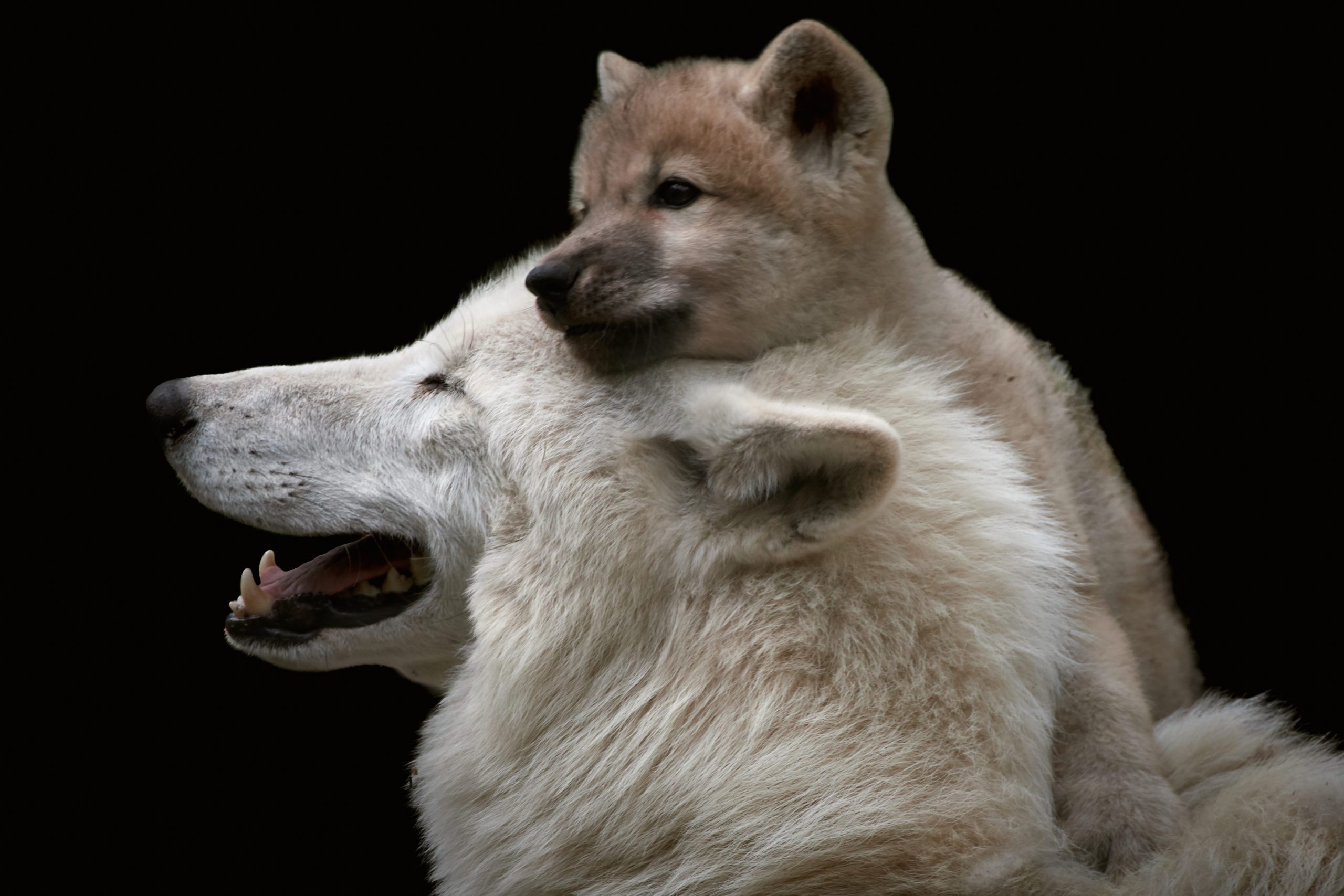Cloning for conservation: Revive & Restore’s lead scientist, Ben Novak, weighs in on the technology underlying the world’s first wolf clone and what it means for conservation
The Sinogene Biotechnology Company in Beijing recently announced the birth of the world’s first cloned Arctic wolf (Canis lupus arctos), which was carried to term by a surrogate mother. Normally, Sinogene specializes in cloning pets for private clients, but the company is excited to begin applying its expertise to help clone endangered species for conservation purposes, the Global Times reported
Live Science journalist Harry Baker interviewed Revive & Restore’s Lead Scientist Ben Novak about the technology behind the cloning process and our history leading conservation cloning efforts. In 2020, Revive & Restore helped successfully clone an endangered black-footed ferret (Mustela nigripes), named Elizabeth Anne. That same year, we also successfully cloned Kurt – an endangered Przewalski’s horse (Equus przewalskii).
”Cloning is a drastically underutilized tool. In the future, it could be a literal lifeline for species that become rarer or worse, go extinct.
Ben Novak, Lead Scientist at Revive & RestoreAs quoted in Live Science
The main benefit of cloning endangered species is that it maintains the amount of genetic diversity within a species, Ben explains. If the clones can reproduce with other non-cloned individuals, this gives threatened species a fighting chance to adapt to the selection pressures that are driving them towards extinction, he added.
Another benefit of cloning is that it can be used in conjunction with existing captive-breeding programs, especially when surrogate mothers from other species are used, he mentions. Rather than taking animals from the wild to create a back-up population in captivity, scientists can take genetic samples from wild animals and create clones in the lab using more readily available surrogates, as they did with Maya and her beagle mother. These genetic backups can then be introduced into the wild to replenish struggling populations.
“For mammals, it appears that two species must share a common ancestor less than 5 million years ago” for the surrogate pregnancy to be successful, Ben explains. This opens up the possibility of reviving extinct species by using closely related living surrogate species, he added.
About the Project
Since 2013, Revive & Restore has been working to restore genetic diversity in black-footed ferret populations, including helping create the world’s first cloned black-footed ferret, Elizabeth Ann. In 2020, we also successfully cloned Kurt – an endangered Przewalski’s horse (Equus przewalskii). Both Kurt and Elizabeth Ann highlight the genetic tools we are exploring to save endangered species globally.




